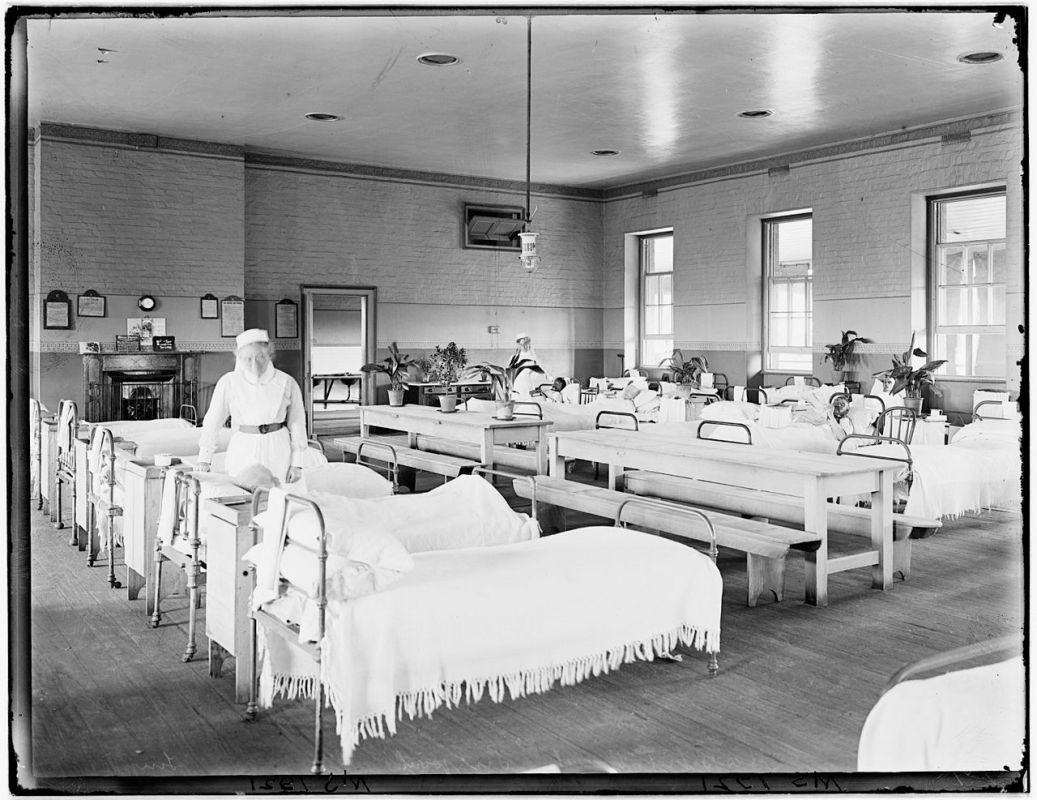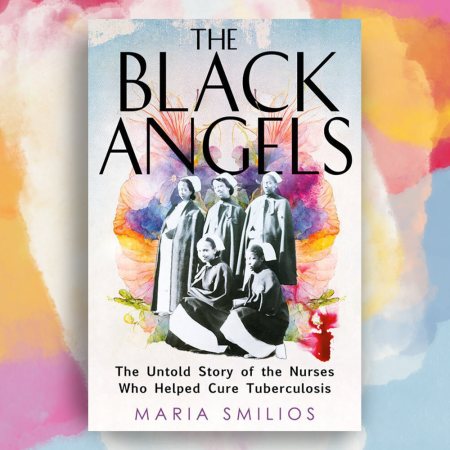What prompts changes in the way certain buildings are designed? Some kinds of facilities have had one design or layout endure for centuries, while others are in a constant state of revision. A new article by journalist Jeremy Hsu makes the case that we might be on the verge of a shift in the way hospitals are designed — and it’s due to the ways in which COVID-19 is being treated.
Hsu cites the example of New York’s Northwell Health, which saw a massive increase in patients as the coronavirus spread throughout New York. Over the course of a two-week period, Northwell expanded the number of beds within its facilities from 4,000 to 5,600. How did they accomplish this? Via a blend of repurposing existing spaces and adding new temporary ones.
In addition, Hsu notes that the lessons learned from temporary spaces can often have a significant impact on design going forward:
As hospital designers convert spaces for temporary use, many are identifying new opportunities for hospital systems that have traditionally emphasized lean and efficient operations. In particular, they say future hospitals should have more flexibility for pandemics and other outlier events that create temporary surges in demand every five or 10 years.
Hospitals are perhaps the most high-profile spaces that could see a shift in their design as a result of the coronavirus, but they’re not the only ones. Writing at Slate, Vanessa Chang explored the numerous ways in which the current pandemic will influence design thinking in the future. She notes that this in keeping with the architectural history of the past.
“In the deadly wakes of cholera, tuberculosis, and flu pandemics, early 20th century architects saw design as a panacea to the sickness of overcrowded cities,” she writes. “Just as those scourges scarred and then reshaped cities, so will ours.”
The lessons learned from treating a pandemic now may well help save more lives when fighting pandemics in the future. It’s a place where public health and architecture converge, and it has a long and storied tradition behind it.
Subscribe here for our free daily newsletter.
Whether you’re looking to get into shape, or just get out of a funk, The Charge has got you covered. Sign up for our new wellness newsletter today.


















